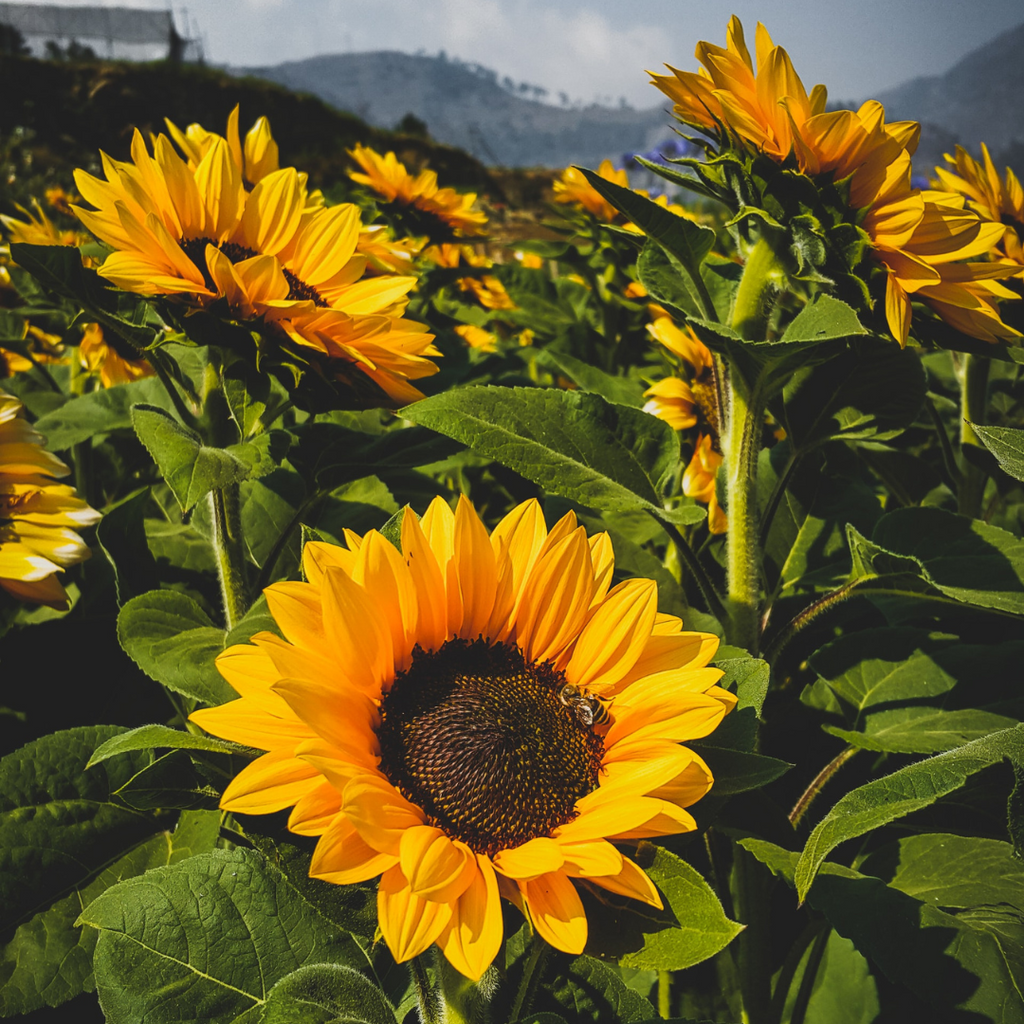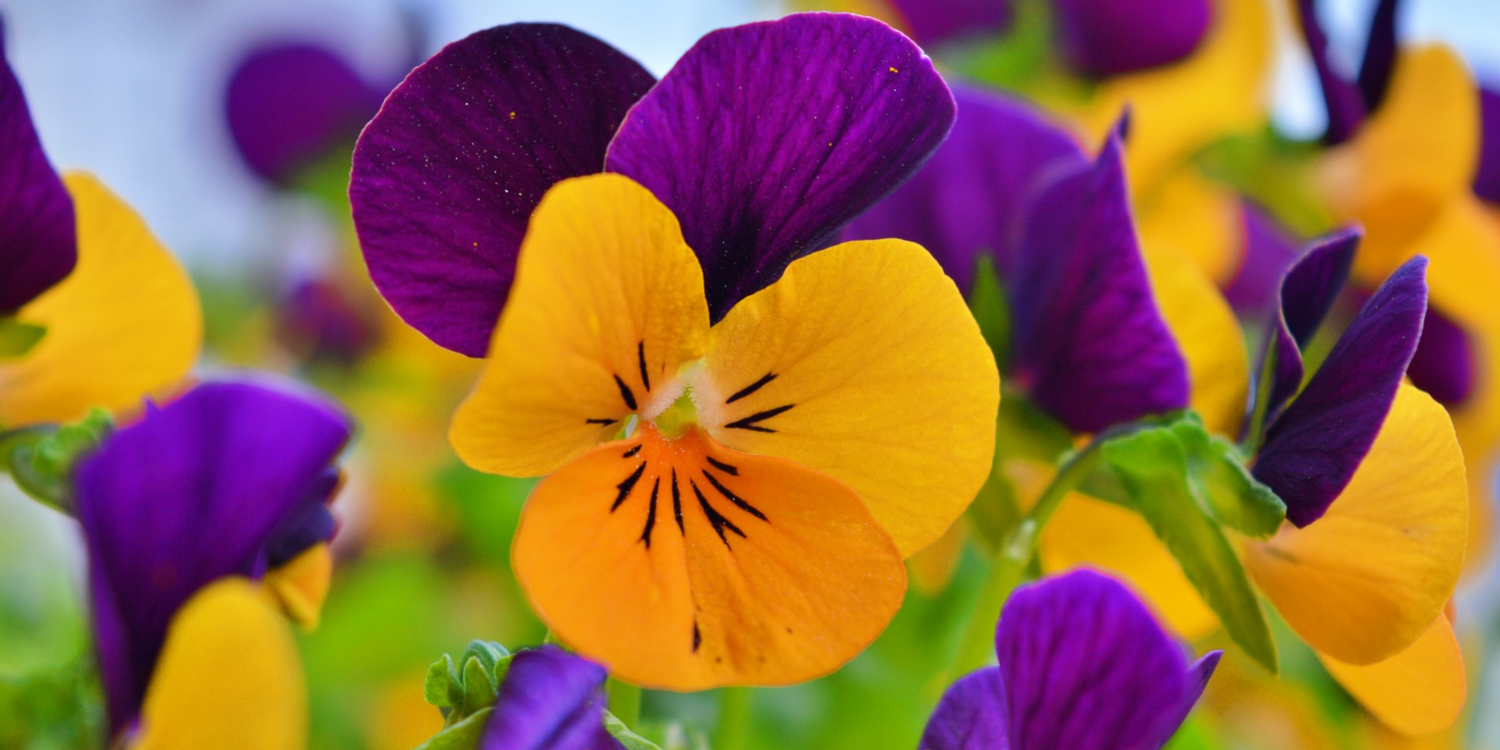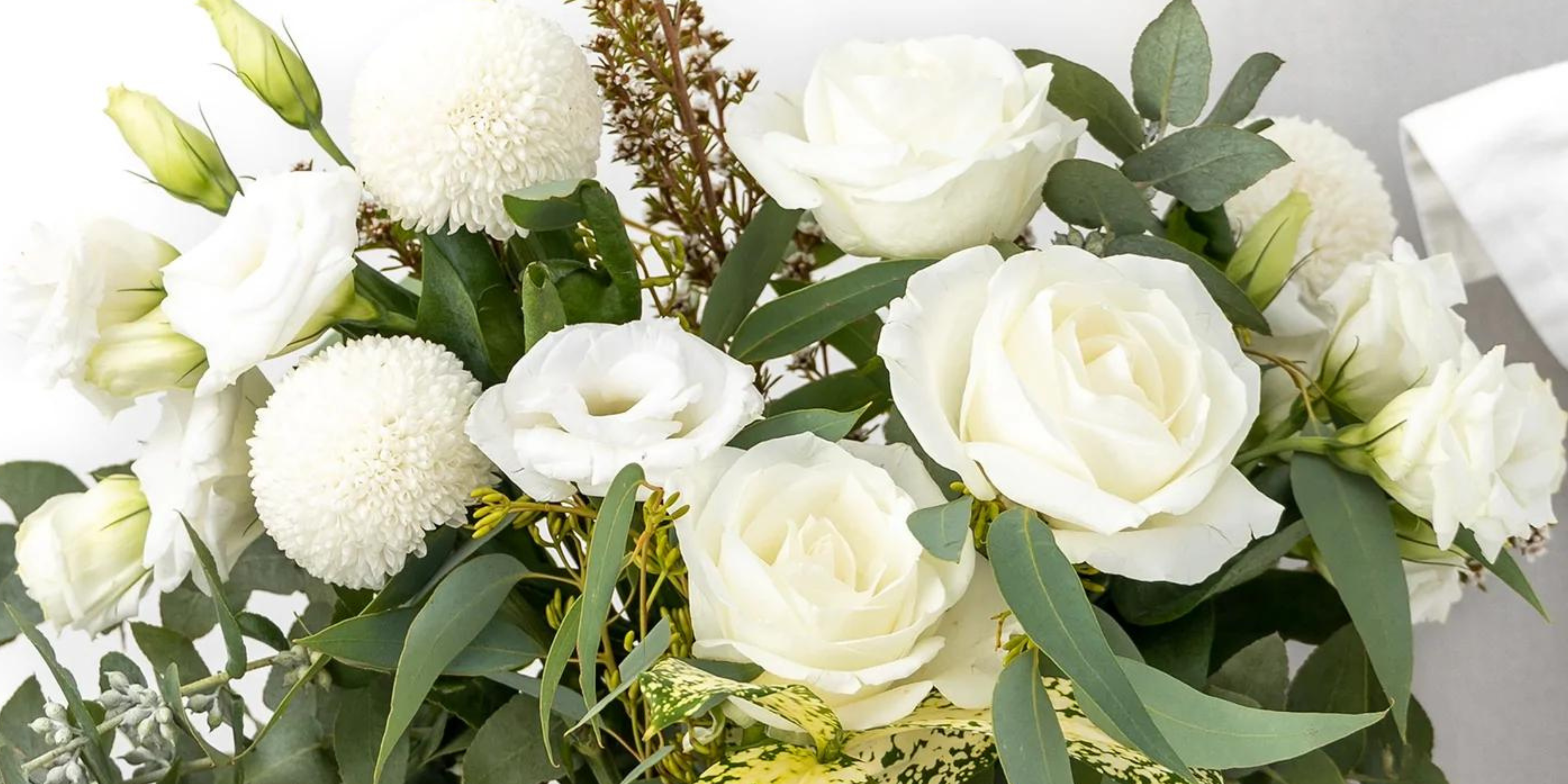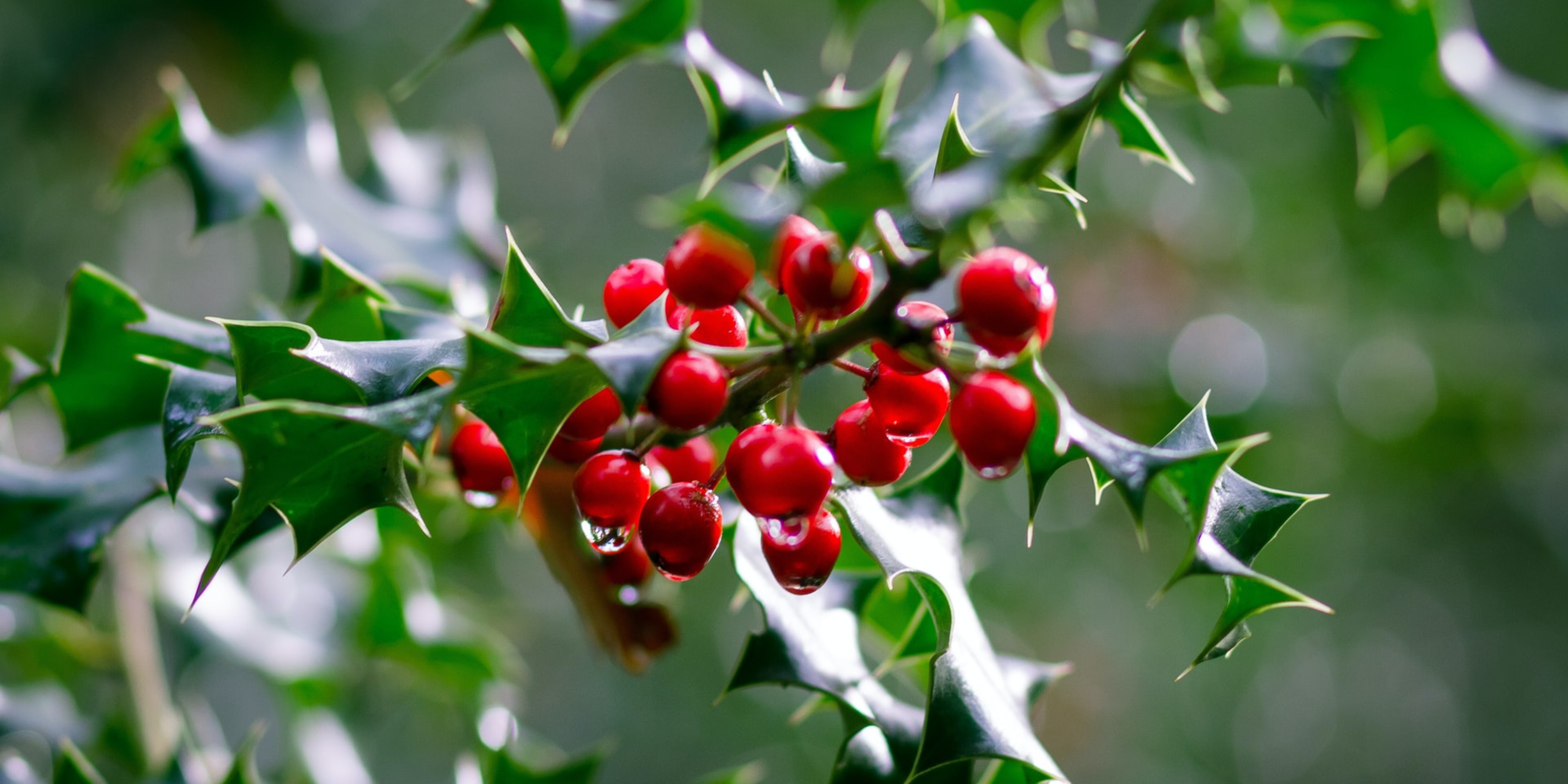Have you ever watched a cooking show and been shocked to find the chefs using flowers as a garnish? We’re here to tell you that those petals are not just there for decoration. They are actually edible flowers!
Flowers have been used for culinary and medicinal purposes all over the world for thousands of years. In fact, many of us consume flowers as part of our regular diet—we’re talking about broccoli, cauliflower and artichoke, which are all actually flowers.
Aside from these, in modern cuisine, edible flowers are mostly used for aesthetic purposes—to add colour and a touch of elegance to a dish.
Of course, not all flowers are edible. Some are highly toxic if consumed. To help you identify which flowers can be safely eaten, we’ve put together a list of some of the more common edible blooms.
An important note: While the flowers listed below are indeed edible, we don’t recommend having a taste after you’ve just picked them from the garden, or after you’ve received them in a bouquet. The flowers themselves may be safe to eat, but any pesticides, chemicals (such as carbon dioxide from car exhaust) or creepy crawlies that may be present on the flowers may make you unwell if consumed.
In other words: Unless you know exactly where the flowers have come from, and that they have been organically grown for human consumption, do not eat them.
Okay, now that we’ve got the serious stuff out of the way, let’s take a look at some of the best flowers you can eat!
Roses

Not only are roses the most popular cut flower in the world, they’re also one of the best and most popular edible flowers!
The leaves, buds, petals and rosehips (little round fruit-like seed pods, which start to form generally after rose petals have begun to fall off) are all safe to eat. They can and have been used for thousands of years to make lots of different things, including teas, jams, soups and salads.
Rose petals can be added to all manner of desserts, including nougat, chocolates and cupcakes. If you’re keen to see what it tastes like, Persian rose petals are used our the Bahen & Co. Raspberry & Rose chocolate block, which you can add to your next flower order with us.
Don’t forget about dried rose petals! They can be sprinkled over cocktails, coffees, puddings and cakes as a garnish.

There’s also rosewater, which is hugely popular in Middle Eastern cuisine and is created by distilling rose petals in steam. Rosewater is a key component of Turkish delight and can be used to flavour frosting, ice cream, panna cotta, meringues, cookies and more.
Similar to herbs, roses taste just like they smell. So, as a general rule of thumb, the better the rose smells, the better it will taste. The flavour varies, from crisp and sweet like green apples to minty, spicy and bitter. Pink, white and yellow rose varieties are said to be the most flavourful.
Of course, if you’re simply looking to send beautiful, long-stemmed roses to someone you love (to put in a vase, not to eat!), you’ve come to the right place.
Violas & Pansies

These delicate little blooms are some of the most popular edible flowers for garnishing cakes. Violas have a slightly sweet flavour, while pansies have a subtly spicy, lettuce-like flavour. Their vibrant hues add a beautiful pop of colour to any dish, while their dainty, delicate appearance adds instant elegance.
Violas and pansies are super versatile in their culinary applications. They make great garnishes for all kinds of desserts in addition to cakes, including puddings, scones, cookies and tarts. They can also be cooked into jams, frozen into ice cubes and crystallised with sugar and egg whites.
Sunflowers

These golden yellow blooms are one of our favourites here at Floraly HQ. They inspire happiness and sunshine wherever they’re found. Sunflowers are the best way to brighten someone’s day!
You probably already know that sunflower seeds are edible. They’re rich in healthy fats that may help lower cholesterol and blood pressure, reducing the risk of heart disease. They’re also full of vitamins, such as zinc, which aids the immune system, and vitamin E, which helps reduce inflammation.
Sunflower seeds have a nutty flavour and can be eaten raw or roasted. You can eat them on their own or as a component of other dishes, such as salads, trail mixes and stir-fries. There’s also sunflower oil, which is often touted as a healthier cooking oil alternative, and sunflower butter, a nut-free peanut butter alternative.

So that’s the seeds covered, but did you know that the entire sunflower plant is, in fact, edible?
Sunflower petals have a slightly bitter taste, so they don’t really pair well with desserts. But they are a popular garnish for cocktails, and can be used in teas.
You can eat sunflower leaves fresh in salads or boiled, like spinach. Sunflower leaves can also be steeped to make tea, which is said to help reduce fevers.
Sunflower sprouts can be harvested and eaten like other microgreens. With a crisp, crunchy texture and a slightly nutty taste, they’re great to eat as a light snack, but can also be added to salads, sandwiches, soups and stir-fries.

Peel the stalks of young sunflowers, and eat them like celery. Add them to salads for a satisfying crunch, or dip them in hummus as you would celery. Avoid the stalks of older sunflowers, though, which may have a woody texture.
Unopened sunflower buds reportedly have a similar taste to artichokes and can be prepared in a similar way. Steam or boil them, and serve them with garlic butter.
And speaking of artichokes—Jerusalem artichokes are a popular root vegetable, prized for their crunchy texture and sweet taste. But they have a secret—they’re not actually artichokes! They’re a type of sunflower. The “vegetable” part we’re familiar with is the tuber, which can be eaten raw, cooked or even pickled.
While they have many culinary applications, we still love sunflowers most of all for their beauty. If you feel the same as us, why not buy a bunch of fresh golden sunflowers? Send them to yourself or to a loved one to instantly put a smile on their face!
Lavender
 While all varieties of lavender are safe to eat (including the flowers, stalks and leaves), English lavender, or true lavender, is the most common type of culinary lavender.
While all varieties of lavender are safe to eat (including the flowers, stalks and leaves), English lavender, or true lavender, is the most common type of culinary lavender.
English lavender has a sweeter fragrance and contains less oil than other types of lavender, which makes it more suited to cooking. English lavender will give dishes a subtly sweet and citrusy flavour, while other types of lavender may give your dishes an overwhelmingly soapy taste.
You can use fresh or dried lavender flowers in your cooking, however the flavour becomes stronger when the flowers are dried. When cooking with lavender, less is always more, especially if the lavender is dried!
Use lavender as a garnish or as a main ingredient in everything from cupcakes and tarts to fried chicken, roasted lamb, jams, lemonade, honey and ice cream.
Carnations

Carnations are the second most popular cut flower in the world, after roses. Their elegant, ruffled petals come in a variety of brilliant colours, from pink to purple to yellow, and they’re also edible!
While the leaves and stems should not be consumed, the petals are a different story. They’re described as having a sweet, peppery and spicy taste akin to nutmeg and clove. Their flavour profile makes them an interesting addition to rice and pasta dishes, as well as salads.
Carnation petals also make a wonderful, colourful garnish. Candy them with a brushing of egg whites and sugar, then sprinkle them over cakes, pies, cupcakes and other desserts. They can also be steeped in wine or cordial, pickled and even used to make syrups for cocktails or ice cream.
Carnation petals are also one of the secret ingredients in the French liquor, Chartreuse!
Other edible flowers

In addition to the five blooms listed above, there are lots of other edible flowers out there, such as:
-
Dandelions—While typically thought of as a weed, dandelions are actually one of the most nutritious plants you’ll find in your garden. The leaves, in particular, are full of vitamins, like vitamin A and iron. The petals, roots and leaves can also be used to make dandelion tea, which has long been used as a folk remedy in parts of Europe and Asia for colds and inflammation
-
Hibiscus—With a cranberry-esque taste, hibiscus is best consumed in tea, cocktails or kombucha
-
Lilies—While poisonous to cats, true lilies are safe for human consumption and have been used in Asian cuisine for centuries. The petals, bulbs, leaves and shoots can all be safely eaten
- Tulips—Belonging to the same family as true lilies, tulips are similarly edible, but are also toxic to pets

-
Chamomile—Humans have used chamomile tea as a remedy for all sorts of ailments for a long, long time. But the apple-like flavour of the flowers makes them a perfect addition to cakes, puddings, jams, salads and more
-
Marigolds—These vibrant orange-and-yellow blooms have a sharp, spicy flavour, and are perfect for adding to soups, pasta dishes, salads, stir-fries and other savoury dishes, as well as for garnishing various desserts and drinks. However, not all varieties of marigolds are edible
-
Nectar-rich Australian native flowers—Australian Aboriginal Peoples would eat the nectar of native flowers like Callistemon (bottlebrushes), Banksia marginata (silver banksia) and Grevillea, or soak the flowers in water to make a sweet drink

This is by no means a complete list of all the flowers that you can eat! There are plenty more that we haven’t mentioned, like snapdragons, chrysanthemums and magnolia. But our hope is that this guide will be a great starting point for you, as you explore the fascinating world of edible flowers!
In the meantime, if you’re looking for flowers to send to a loved one (to pop in a vase, not to eat), be sure to explore our range of beautiful, fresh flowers.



